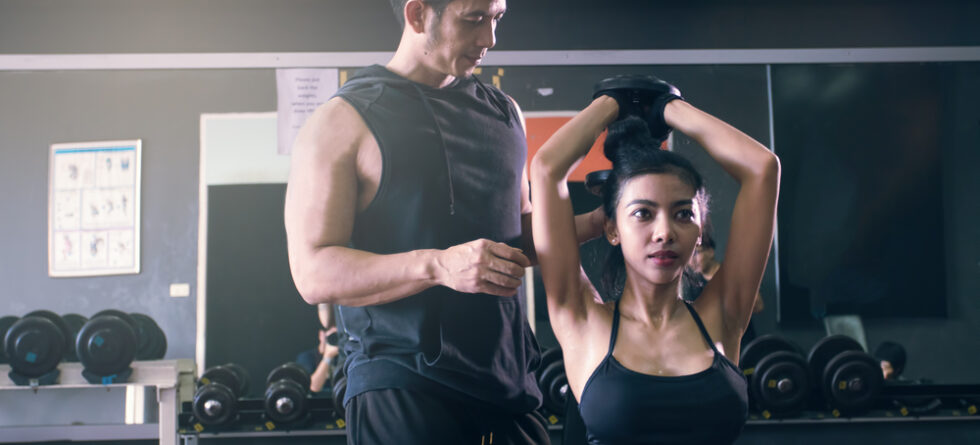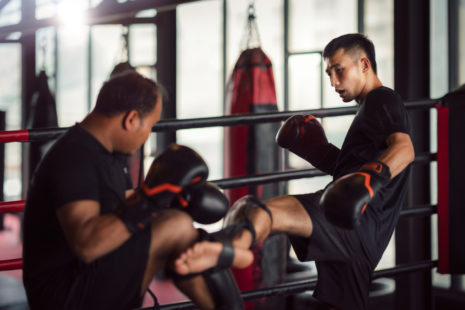Getting conditioned for sports involves a combination of physical training, mental preparation, and sport-specific skill development to improve overall athletic performance and readiness for competition.
Here are some key components of conditioning for sports…
- Cardiovascular Conditioning – Develop cardiovascular endurance through aerobic exercise such as running, cycling, swimming, or interval training. Focus on improving stamina, endurance, and the ability to sustain high-intensity efforts over prolonged periods, which are essential for sports that require continuous activity.
- Strength Training – Incorporate strength training exercises to build muscle strength, power, and explosiveness. Include compound movements such as squats, deadlifts, bench presses, and Olympic lifts, as well as sport-specific exercises and functional movements that target muscle groups used in your sport.
- Flexibility and Mobility – Maintain or improve flexibility, mobility, and joint range of motion to enhance performance and reduce the risk of injury. Incorporate dynamic stretching, static stretching, foam rolling, and mobility drills into your training routine to improve flexibility and joint mobility.
- Speed and Agility Training – Incorporate speed drills, agility exercises, and plyometric training to improve acceleration, agility, and quickness. Focus on developing explosive power, coordination, and the ability to change direction rapidly, which are essential for many sports.
- Sport-Specific Skill Development – Dedicate time to practice and refine the specific skills, techniques, and tactics required for your sport. Focus on mastering fundamental skills, positional play, strategy, and game situations relevant to your sport.
- Endurance and Stamina – Develop muscular endurance and anaerobic capacity through high-intensity interval training (HIIT), circuit training, or sport-specific conditioning drills. Emphasize repeated bouts of intense effort interspersed with periods of rest or lower-intensity activity to improve endurance and stamina.
- Mental Preparation – Enhance mental toughness, focus, and resilience through mental training techniques such as visualization, goal setting, positive self-talk, and stress management. Develop mental strategies to overcome challenges, maintain confidence, and perform at your best under pressure.
- Nutrition and Hydration – Fuel your body with a balanced diet rich in nutrient-dense foods, including lean proteins, complex carbohydrates, healthy fats, fruits, vegetables, and adequate hydration. Proper nutrition supports energy levels, recovery, and performance during training and competition.
- Rest and Recovery – Prioritize rest, recovery, and sleep to allow your body to adapt to training stimuli, repair muscle tissue, and prevent overtraining. Incorporate active recovery strategies such as foam rolling, stretching, massage, and low-intensity activities to facilitate recovery and reduce muscle soreness.
- Progressive Overload and Periodization – Gradually increase the intensity, volume, and complexity of your training program over time using progressive overload principles. Incorporate periodization techniques to vary training intensity and volume, and to peak performance for competition.
- Injury Prevention – Incorporate injury prevention exercises, prehabilitation, and proper warm-up routines into your training regimen to reduce the risk of sports-related injuries. Focus on strengthening stabilizing muscles, improving biomechanics, and addressing muscular imbalances or weaknesses.
By combining these components of conditioning into a structured and progressive training program, athletes can improve their physical fitness, performance, and readiness for competition in their chosen sport. Working with qualified coaches, trainers, and sports professionals can help athletes develop personalized conditioning programs tailored to their specific needs, goals, and sport demands.




